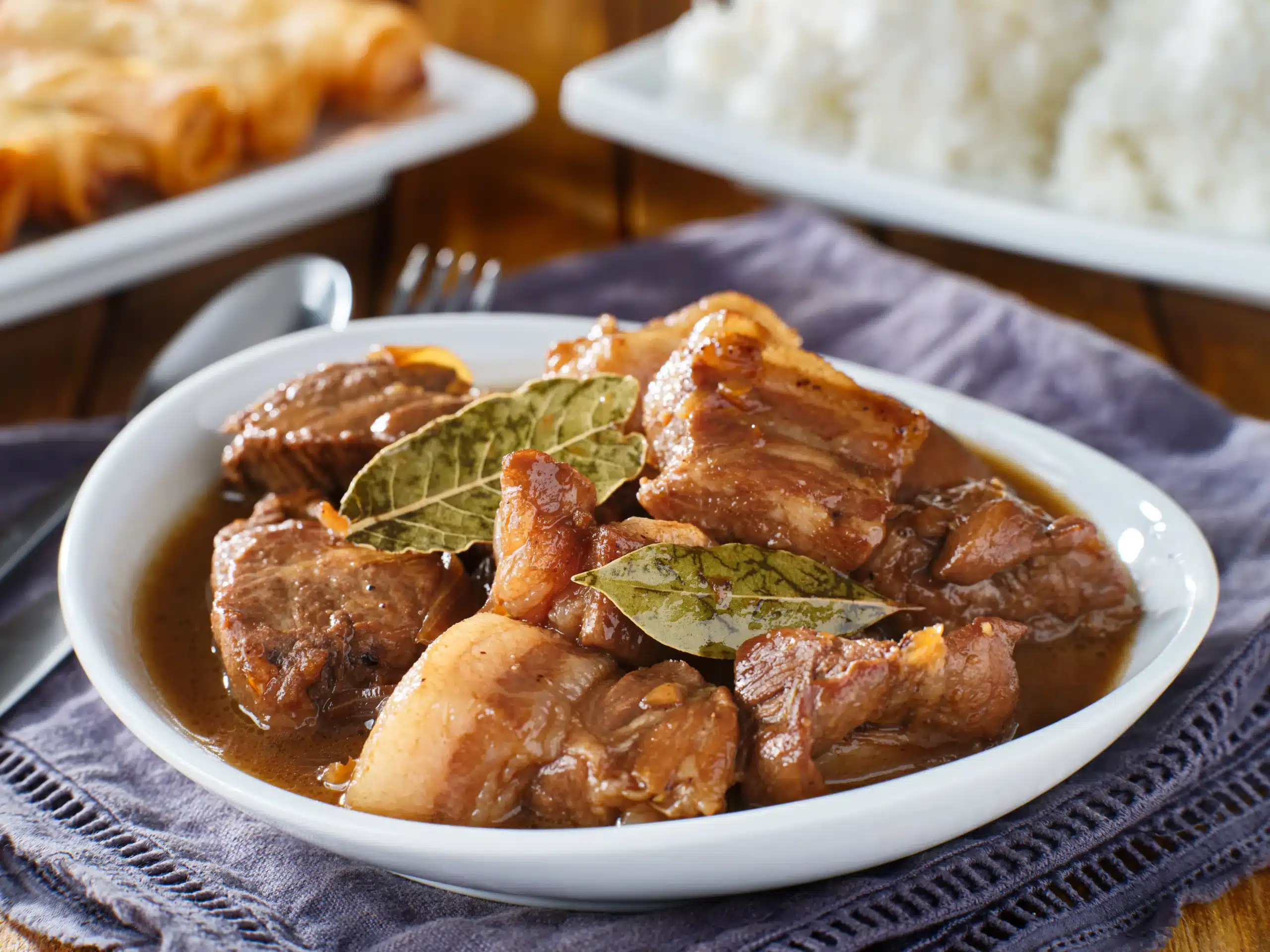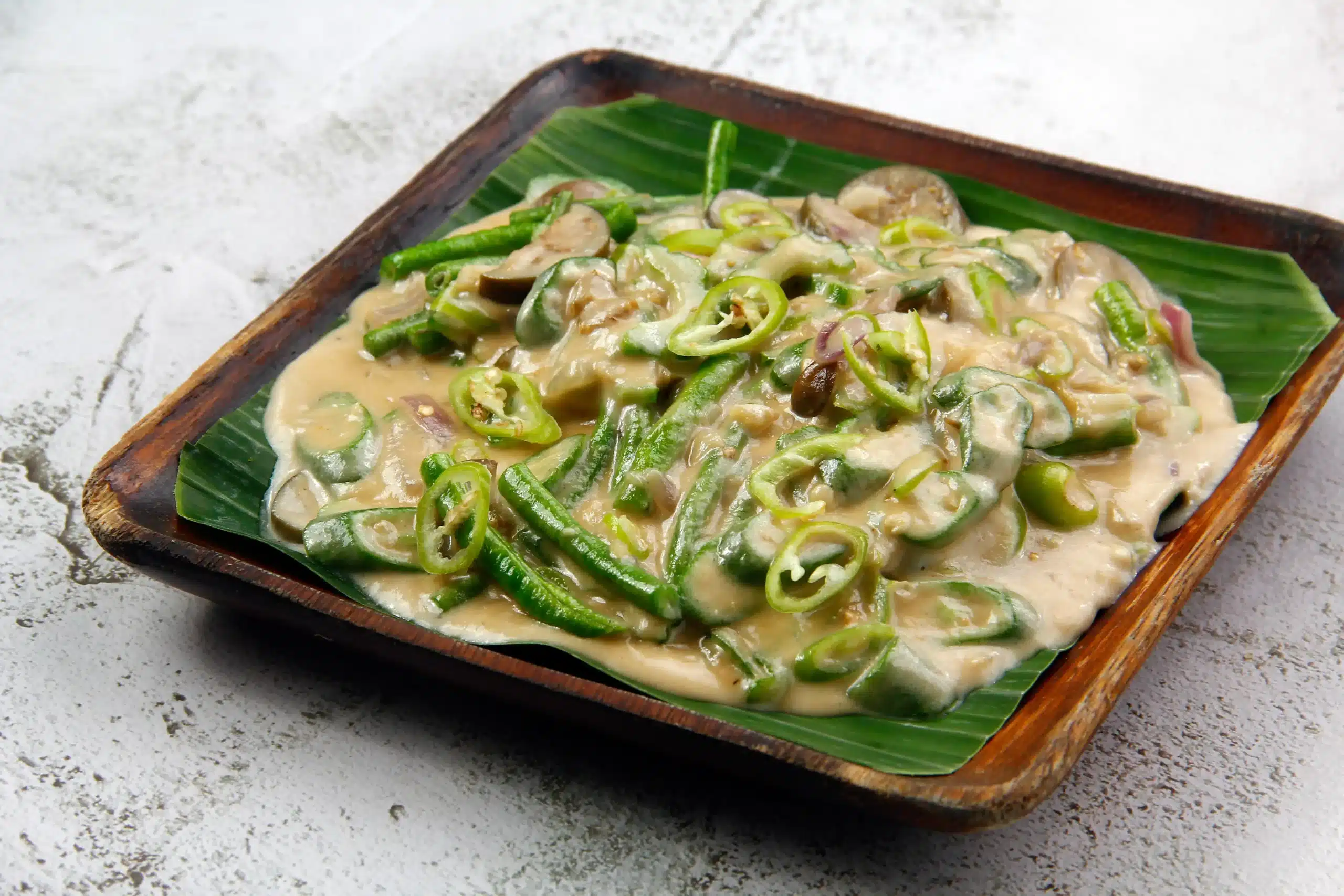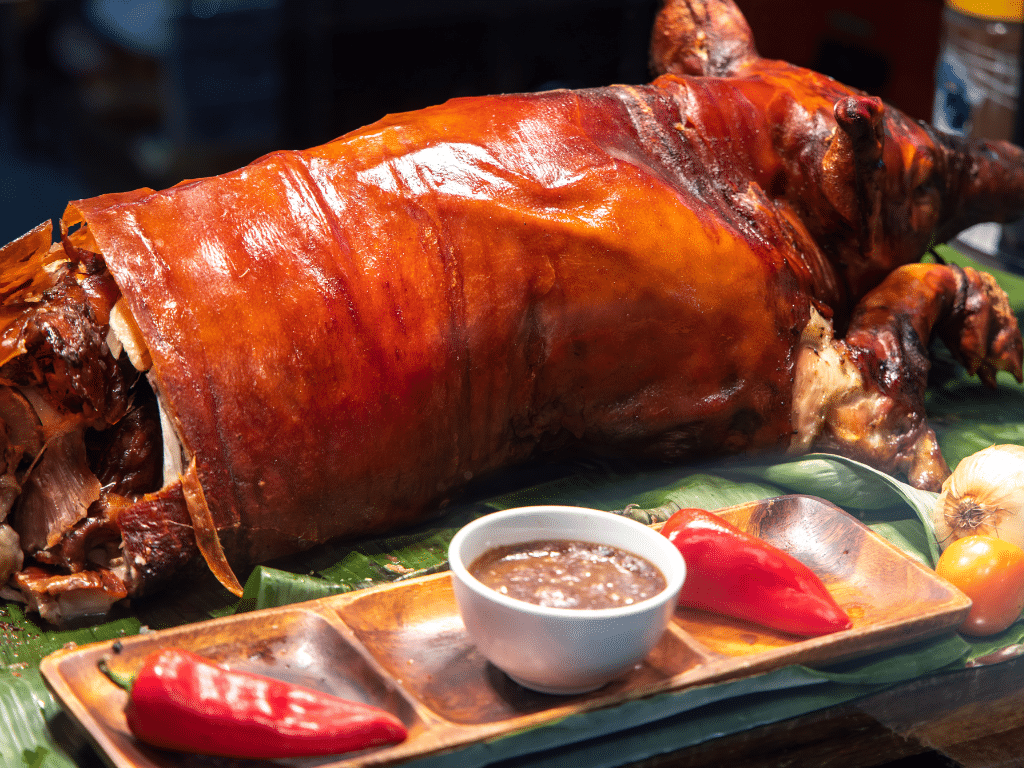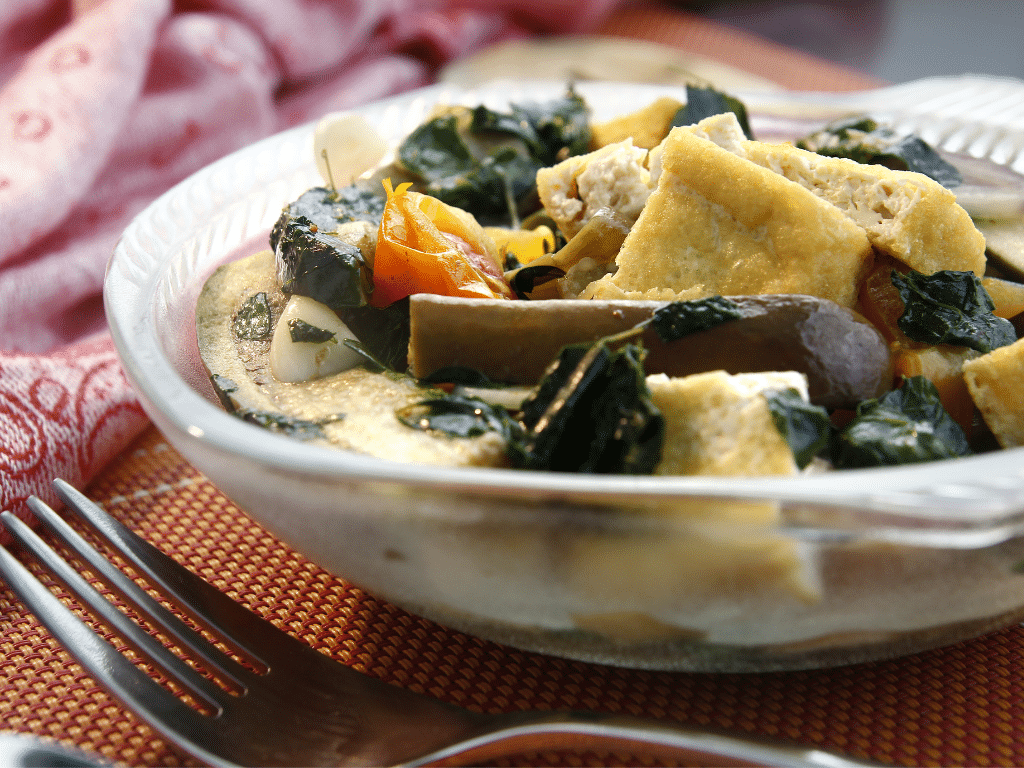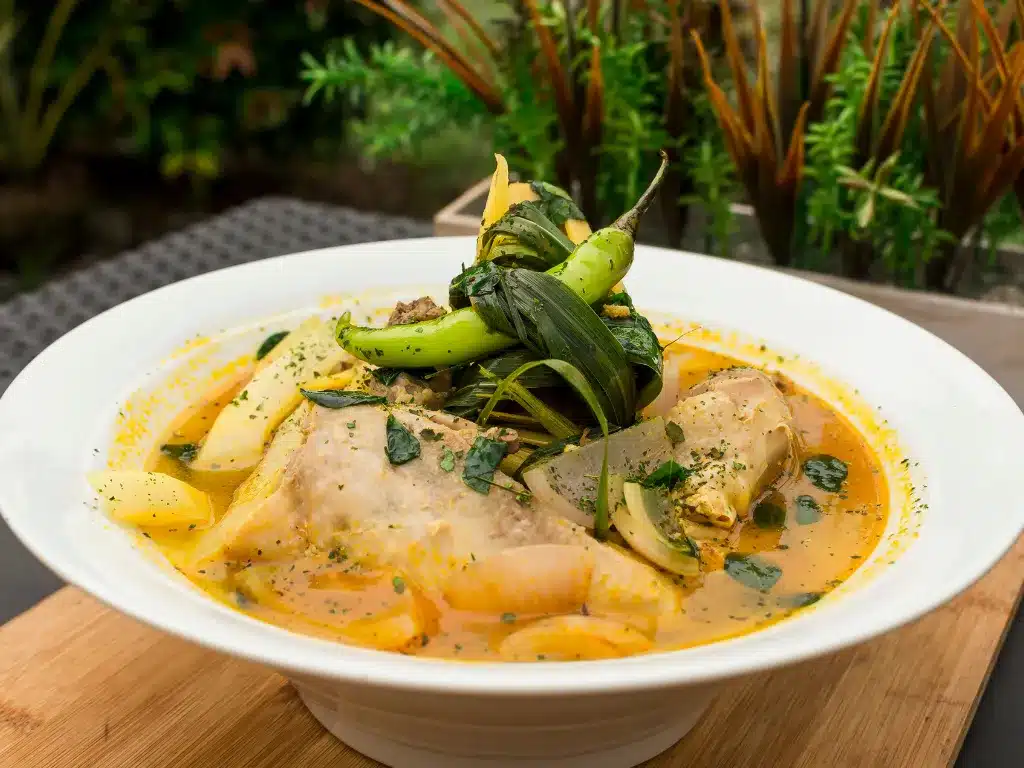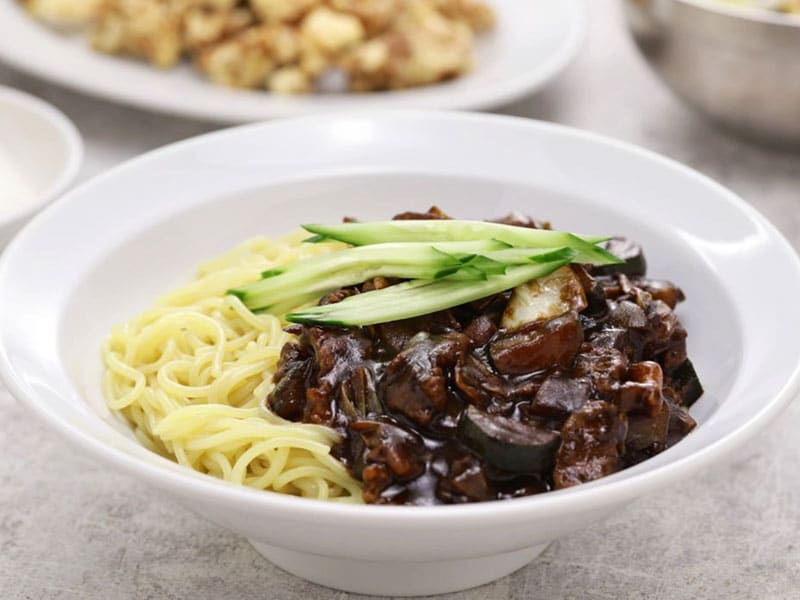Magkaon na ta, mangan kan, pangaon kita, mangan ta pa mu. Kahit ano mang diakleto, iisa lamang ang pagpapakahulugan. Kain na! Let’s eat! Celebrate the entire month of April by appreciating and embracing the foods we were born into. Happy Filipino Food Month, everyone! Make this month a memorable one by trying local foods and discovering the history behind them.
About Filipino Food Month
Every year in April, the Philippines celebrates and observes Filipino Food Month, also known as “Buwan ng Kalutong Pilipino”, in accordance with Presidential Proclamation 469 proclaimed by the former President Rodrigo Duterte. This is to “foster the preservation, enrichment, and dynamic evolution of a Filipino national culture”. (Malacañang Palace, Proclamation No. 469 “Buwan ng Kalutong Filipino or Filipino Food Month”)
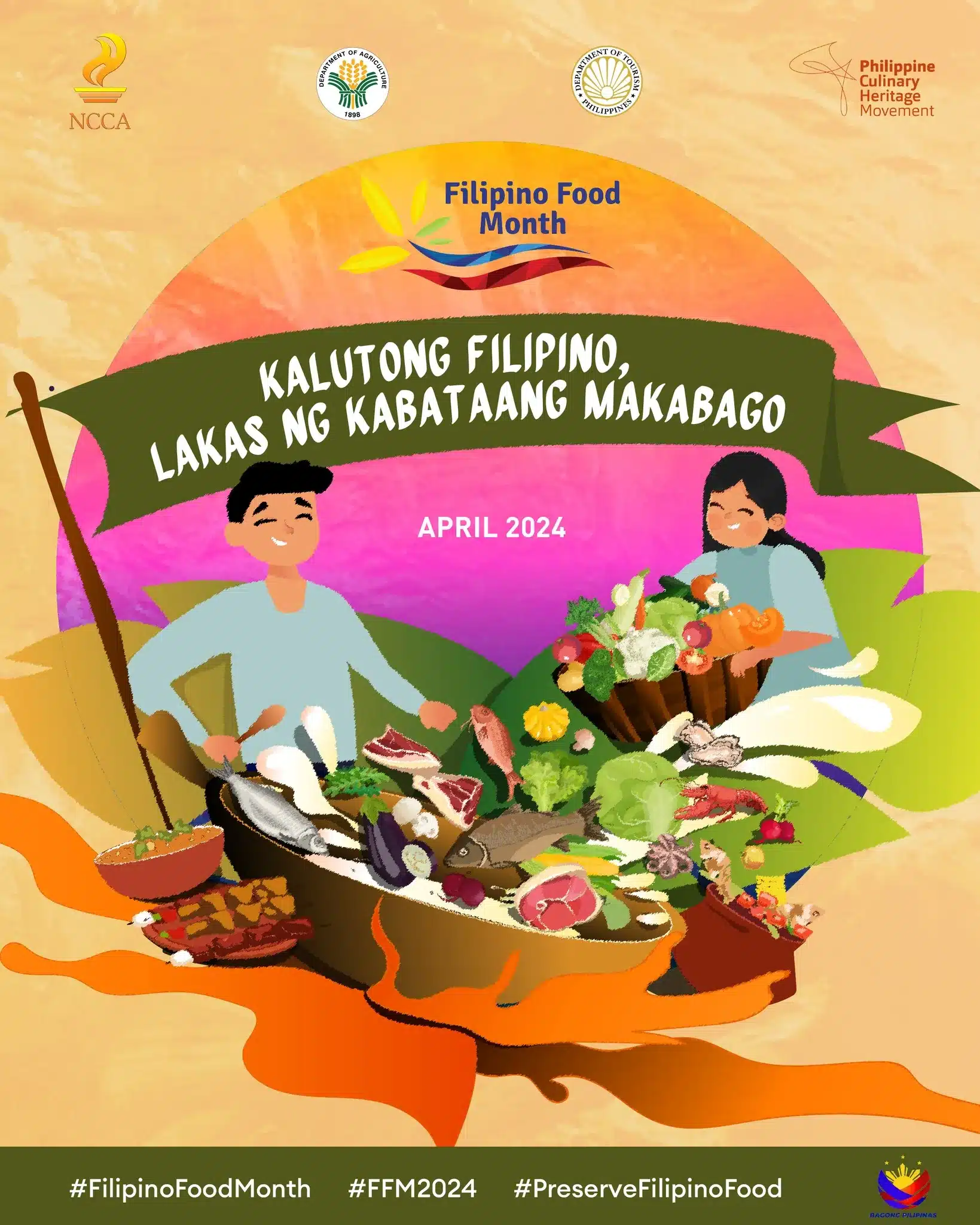
During this month, the government encourages both government and non-government agencies, universities, and other private sectors to participate in celebrating the abundant local harvest and the various Filipino delicacies that make the country unique. With that being said, this April 2024, let’s join the National Commission for Culture and the Arts, the Department of Agriculture, the Department of Tourism, and the Philippine Culinary Heritage Movement in their celebration of Filipino Food Month 2024 with the theme “Kalutong Filipino, Lakas ng Kabataang Makabago”. Various activities highlighting Filipino cuisines, history, and food art will be held this month. So, don’t forget to check their social media accounts to stay updated on this event. Get updates by clicking this link.
Maligayang Buwan ng Kalutong Filipino!
The History Behind Our Favorite Filipino Foods
Adobo ng Luzon
Walang papantay sa sarap ng paboritong ulam ng bawat Pilipino: ang Adobo. This classic Filipino dish has been passed down in every Filipino home, making it more memorable for everyone. Moreover, exploring how it was invented and its historical significance is the best thing to look into, especially during Filipino Food Month.
Adobo is a Filipino national dish that derives from the Spanish word “adobar”, meaning “to marinate”. Guess what the magic behind this dish is? That’s right, vinegar! Vinegar is the reason why this dish has lasted for centuries because of its acetic acid. The acetic acid in vinegar can increase the acidity of vegetables, meat, and other food ingredients, which is why vinegar is commonly used for food preservation.
On the other hand, the said Filipino dish was first recorded by a Spanish priest named Pedro de San Buenaventura, author of Vocabulario de la lengua Tagala, the first Tagalog dictionary in 1613. In his dictionary, the term “adobo de los naturales” has similarities with a particular dish in Spain and Mexico, yet there are many differences in the spices used.
Today, adobo has many versions in every province in the country. In fact, Bicolanos have their version called Adobo sa Gata. Whereas, Tagalogs have Adobo sa Puti. And then, Ilocanos also have Apan-apan Adobado, an adobo dish that uses water spinach rather than chicken or pork meats.
Try this spicy version of adobo specialized by my father. Here’s the Adobo (Tatay Bitoy’s version):
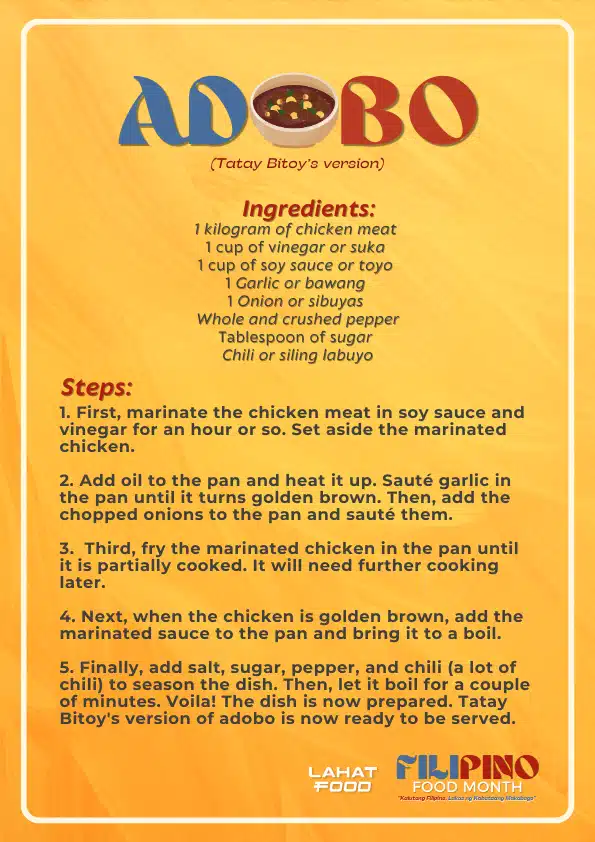
Bicol Express ng Bicol
Secondly, make a stop as the spiciest yet mouthwatering Filipino dish from the south is here to welcome all the foodie passengers: the Bicol Express. But before we proceed with the spicy discussion, let’s look into the history of this dish.
There is still a rumor circulating about the invention of the Bicol Express. However, according to the locals, this dish was unnamed and sold before on the train in the Bicol region. One day, a woman named Cely Kalaw tried this particular dish and was mesmerized by its coconut milk and chili taste (as she was a lover of coconut milk-based dishes herself). During the 1960s, Ms. Kalaw joined a competition in Metro Manila wherein she introduced the unnamed dish. Later on, she named the dish Bicol Express, after where it was first popularized: the train station in Bicol.
Undeniably, we can see the beauty of how locals create magnificent dishes without knowing how they will affect their everyday lives. For instance, Ms. Kalaw naming this dish without foreseeing its impact on Bicol’s tourism is quite amusing.
Letchon ng Cebu
Do you hear that sound? That crunchy dish you just heard of is from the popular dish of the Queen City of the South, the one and only Letchon of Cebu.
The origin of Letchon can be traced back to the 1920s when the first Letchoneros cooked this dish in Talisay City, Cebu. During those times, Cebuanos preferred this dish as “inasal”, derived from their term “asal”, meaning cooking over live coal.
Meanwhile, the first Cebuano family to popularize this spectacular dish was the Garces family, especially Ms. Mila Candeja Garces. Yet, their secret recipes for a perfect crispy Letchon remain uncovered. In any case, the common way of cooking it involves putting natural ingredients on its belly and cooking it for over 5 hours over coal.
Moreover, there are many Lechon versions in the country today, including Letchon Belly, Letchon Paksiw, Letchon Sisig, and Sinigang na Letchon.
Bulalo ng Batangas
Kanin pa po! You definitely can’t resist another cup of rice with the next dish we are going to talk about. Sabaw pa lang, ulam na with Batangas delicacy, the Bulalo.
But did you know that this dish already existed during the pre-Hispanic period? In late 1565, the common cooking method of the Filipino natives was boiling and grilling. Hunting and gathering were the common ways of living during this time, and advanced equipment had not yet been established until the colonization by different countries.
On the other hand, there is no definite information about when, how, and where this dish was made. Subsequently, the popular Bulalo dish is commonly found in the “Industrial Port City of CALABARZON”, Batangas.
What makes this dish unique compared to other Filipino dishes is the bone marrow. After many hours of cooking, the beef creates a rich broth that makes its bone marrow worthy to wait for. Bulalo is not complete without vegetables. The most common vegetables combined in this dish are corn, cabbage, and green beans.
Dinengdeng ng Ilocos
Have you heard about Dinengdeng? Well, most of us don’t know this dish, which is why I’m here to provide you with information before trying it.
Dinengdeng, also known as “abraw” and “inabraw”, is a popular vegetable dish in Ilocos. However, it is often compared to another Ilocos dish, Pinakbet, but Dinengdeng has fewer vegetable ingredients and more bagoong. The Ilocos region is known for its vegetable harvest, which is why vegetable dishes are very popular there.

The National Hero’s All-Time Favorite: Tinolang Manok
Let’s end the discussion with our all-time favorite Filipino dish, not just for many of us, but also for our very own national hero Jose P. Rizal. Ano pa nga ba? The most comforting Filipino food of all time, Tinolang Manok.
But how and when was this dish made? According to different tales, Spaniards influenced this dish. In 1800, Rizal mentioned Tinolang Manok in one of his novels, Noli Me Tangere, where it appeared as a chicken soup dish served with squash. Today, the exact date and people behind it are still uncertain, but one thing is for sure: there was a reason why Padre Damaso got angry about his Tinola meal, and that’s because Tinola is worth fighting for!
Do you have your twist on Tinolang Manok? Share it with us. Comment down below.
How to Support Filipino Delicacies?
This April let’s help Filipino small businesses, government agencies, and most especially our farmers in shedding light on Filipino delicacies. By supporting local small businesses, we can promote our very own dishes with pride. Attending various events held by the government promoting Filipino Food Month can make our tourism even higher. Furthermore, we can support our local farmers by buying and sharing their harvest, even showing it to other nations. Once again, Maligayang Buwan ng Kalutong Filipino! May this month be filled with inspiration and gratitude in our Filipino hearts!
References:
- Estrella, S. (2022b, July 11). Adobo: The history behind a national favorite. Pepper.ph. https://pepper.ph/blog/adobo-history
- The origin of the Filipino dish Bicol Express. (2023, July 28). Yummy.ph. https://www.yummy.ph/news-trends/bicol-express-complicated-origins-a00203-20230719-src-esquire
- LoveEatWander. (2022, March 15). THE HISTORY OF LECHON IN CEBU by Love. Eat. Wander. Love. Eat. Wander. https://www.loveeatwander.com/history-of-lechon-cebu/#google_vignette
- GMA News. (2017, December 15). A brief history of the yummy Cebu lechon. GMA News Online. https://www.gmanetwork.com/news/lifestyle/food/636587/a-brief-history-of-the-yummy-cebu-lechon/story/#:~:text=It’s%20not%20surprising%3A%20crunchy%20skin,dish%20and%20called%20it%20inasal.
- Abitbol, V. (2023, February 20). Bulalo. 196 Flavors. https://www.196flavors.com/bulalo/
- TasteAtlas. (2019, March 11). Dinengdeng | Traditional Vegetable Dish From Ilocos, Southeast Asia | TasteAtlas. TasteAtlas. https://www.tasteatlas.com/dinengdeng
- Ajinomoto. (2023, February 9). Dinengdeng na Saluyot at Labong. www.cookmunitybyajinomoto.com/recipes/dinengdeng-na-saluyot-at-labong/
- Ancestral Taste • Tinolang Manok | PeakD. (n.d.). PeakD. https://peakd.com/hive-120586/@mhel/ancestral-taste–tinolang-manok

